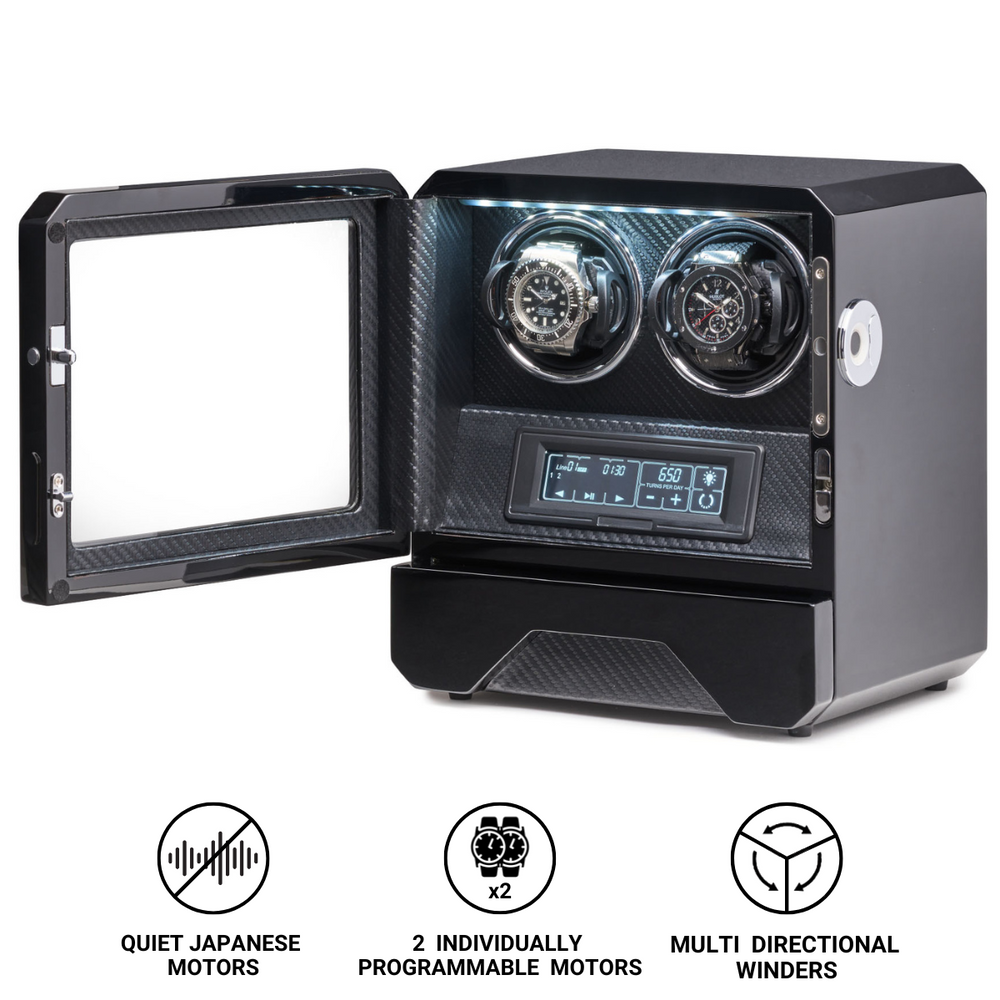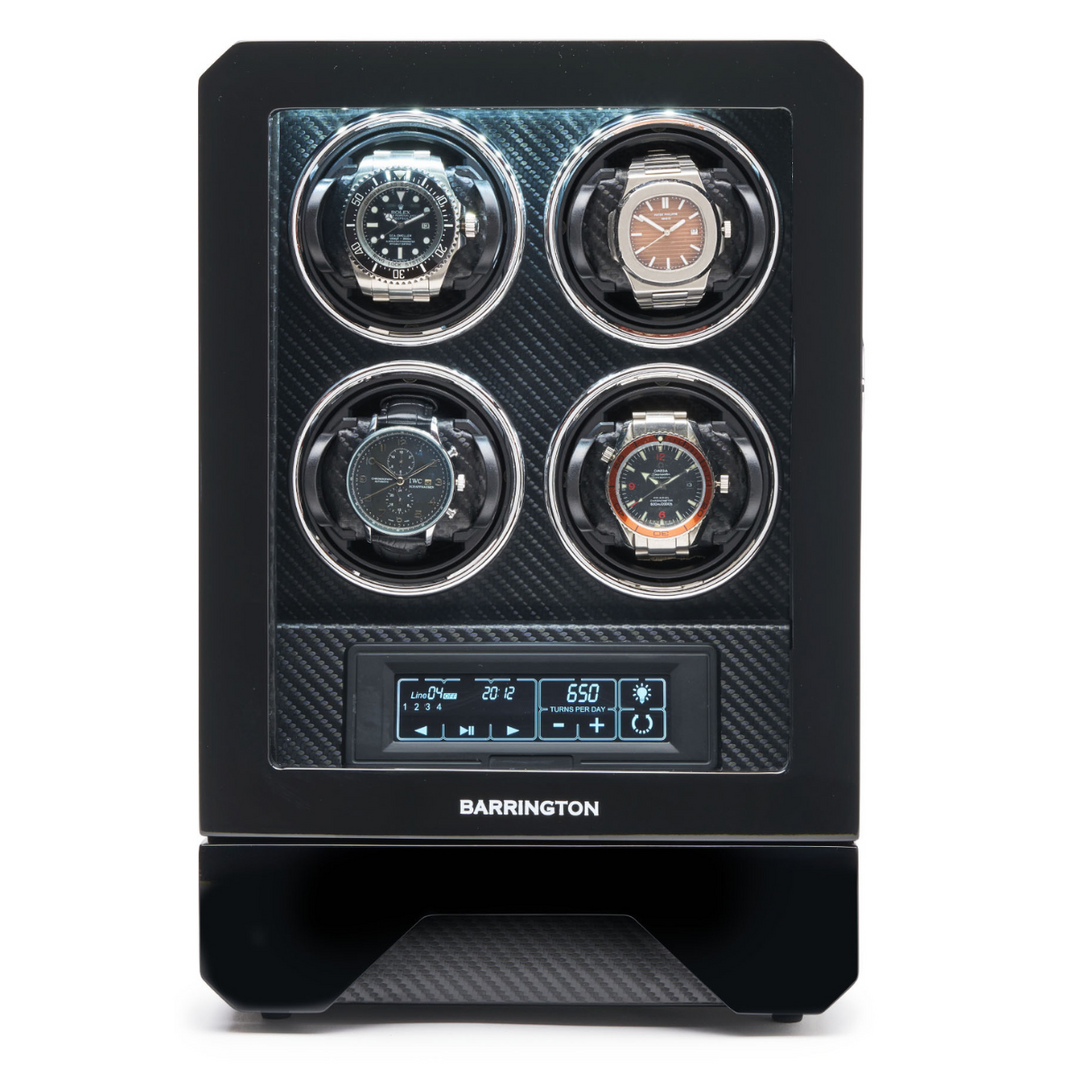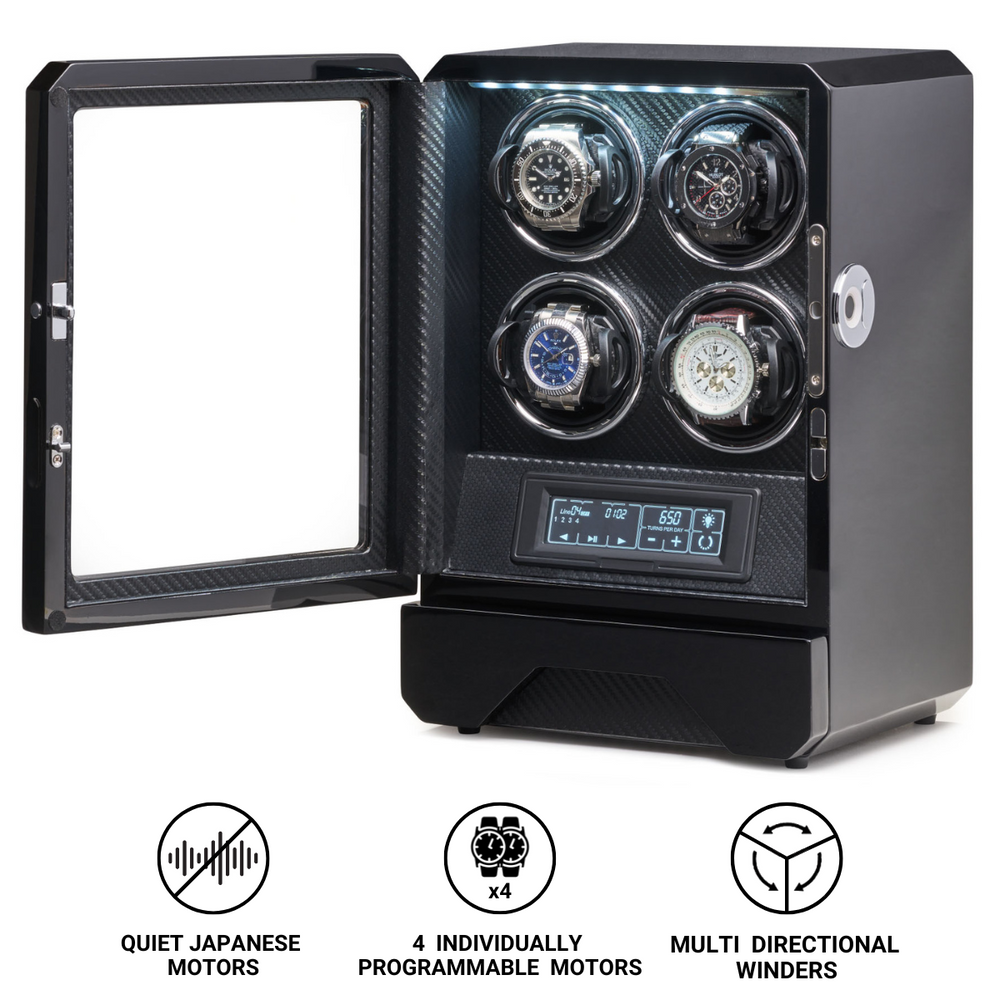What is Fumé Dial?
Among the many artistic techniques in watch dial design, few are as evocative or distinctive as the fumé dial. Often described as a smoky or gradient dial, it features a transition of colour that fades from a lighter centre to a darker edge. The result is a design that combines sophistication with emotional resonance, producing a surface that seems alive with depth and movement.
The fumé dial has become an icon of modern and classical watchmaking alike. It captures the meeting point between mechanical precision and visual artistry, proving that even the smallest element of a watch can evoke a powerful aesthetic experience.
The Origins of the Fumé Dial
The history of the fumé dial dates back to the mid-twentieth century, when manufacturers began experimenting with new ways to enhance visual contrast and depth on their dials. Early wristwatches often featured flat, monochrome dials. As tastes evolved, designers sought more dynamic and expressive finishes.
The word “fumé” comes from French and means “smoked.” This perfectly describes the visual impression of the dial, which appears as if colour has been gently diffused across its surface like smoke. The technique emerged around the 1960s, when watchmakers began to explore more vibrant colour palettes and decorative finishes.
One of the first brands to perfect and popularise the fumé dial was H. Moser & Cie. The company introduced this technique to give its watches a unique signature, setting them apart from traditional designs. The brand remains closely associated with fumé dials to this day and continues to refine the method with modern materials and craftsmanship.
Throughout the 1970s, the smoky dial became a popular choice across the industry. Its combination of artistic flair and technical finesse appealed to watchmakers who wanted to create timepieces that were both expressive and elegant. Over the decades, the fumé effect evolved into a hallmark of refinement, blending subtle colour transitions with luxurious finishing.
How a Fumé Dial Is Made
Creating a fumé dial is a meticulous and time-consuming process that requires expert control over colour and surface treatment. The entire effect depends on how the paint or coating is applied and how light interacts with the underlying surface.
-
Preparation of the Base
The dial begins as a polished or brushed metal disc, typically made of brass or gold. This base must be perfectly smooth to ensure even colour absorption and reflection. Depending on the design, it may also receive a sunburst or radial brushing to enhance the play of light. -
Application of Colour
The gradient is achieved through precise spraying or electroplating. The artisan applies colour to the dial in layers, using less pigment at the centre and increasing density toward the edge. Achieving a smooth, natural transition demands exceptional skill, as any irregularity can ruin the final effect. -
Lacquering and Finishing
Once the gradient is complete, several layers of transparent lacquer are added to protect the dial and enhance its depth. The lacquer is polished by hand to achieve a high-gloss surface that amplifies the smoky appearance.
The process often involves manual craftsmanship at every stage. Even with modern techniques, the gradient must be applied by a skilled artisan who can control the exact hue and texture. Each fumé dial is therefore unique, its gradient subtly different from every other.
The Aesthetic Power of the Fumé Dial
What makes a fumé dial so distinctive is its ability to capture and transform light. Unlike flat or matte dials, a fumé dial has a dynamic quality, constantly shifting in tone as it moves under different lighting conditions.
The light centre draws attention to the hands and indices, ensuring excellent legibility, while the darker perimeter adds contrast and balance. This interplay creates a three-dimensional illusion, giving the watch an inner glow that makes it appear deeper than it really is.
The fumé dial appeals to both classic and modern sensibilities. Its simplicity aligns with minimalist design principles, yet the subtle complexity of its gradient provides richness and warmth. Whether paired with a simple three-hand dress watch or a contemporary sports model, it conveys sophistication without excess.
Variations and Colours
Although traditional fumé dials often feature shades of brown, grey, or black, modern interpretations have expanded the colour palette dramatically.
Popular examples include:
-
Blue fumé, with tones that fade from pale sky to deep navy.
-
Green fumé, suggesting moss, jade, or forest hues.
-
Red and burgundy fumé, evoking warmth and intensity.
-
Gold and bronze fumé, bringing a vintage-inspired touch.
Some brands experiment with even more daring colours such as purple, teal, and smoky champagne. Others combine the fumé technique with different surface textures, including sunburst brushing or grained finishes, creating an even more dynamic visual result.
Each variation changes how the light interacts with the dial, allowing brands to tailor the effect to match the personality of the watch.
The Role of H. Moser & Cie in Popularising the Fumé Dial
No brand has done more to perfect and preserve the fumé dial than H. Moser & Cie. First introduced in the 1960s, the company’s fumé dials became an instantly recognisable hallmark of its identity. In more recent decades, H. Moser & Cie has refined the process to create ever richer and more complex gradients, using modern pigments and lacquers.
Models such as the Endeavour Centre Seconds and the Pioneer series feature stunning fumé dials in shades like Cosmic Green, Funky Blue, and Burgundy. Each colour captures light differently, giving every watch a distinct mood and personality.
By reintroducing the fumé effect into the modern luxury market, H. Moser & Cie transformed what might have been a nostalgic technique into a contemporary art form. Many other brands have since followed suit, recognising its appeal and emotional power.
The Fumé Dial in Modern Watchmaking
Today, the fumé dial has achieved a level of popularity that extends beyond niche collectors. High-end manufacturers such as Laurent Ferrier, Glashütte Original, and Zenith have incorporated fumé finishes into their collections, each offering its own interpretation of the smoky gradient.
Even mainstream brands have embraced the aesthetic. Seiko, Longines, and Tissot have released models with gradient dials that recall the fumé tradition, bringing this once-exclusive look to a wider audience.
Modern materials and production methods have also opened new creative possibilities. Some manufacturers use tinted sapphire crystals or layered coatings to achieve more complex effects, while others experiment with multi-tone fumé transitions that blend several colours across the dial.
This evolution shows that the fumé dial is not a passing trend but a timeless design language that continues to inspire new generations of watchmakers.
The Emotional Appeal of the Fumé Dial
Beyond its technical and aesthetic qualities, the fumé dial carries emotional resonance. Its smooth gradient mirrors the transitions of light throughout the day, from dawn to dusk, capturing the essence of time itself.
The smoky tones evoke calmness and introspection, while the glowing centre symbolises life and energy. Watching the colours shift as the light changes becomes part of the experience of wearing the watch, a small but constant reminder of the passage of time.
Collectors often describe fumé dials as both elegant and hypnotic. The gentle flow of colour feels organic, almost alive, as though the dial breathes with the rhythm of the wearer’s movement. This sense of intimacy adds to the charm and allure of the design.
Challenges in Producing Fumé Dials
Creating a fumé dial is far more complex than applying a single coat of paint. Achieving perfect balance in colour, transition, and lacquer depth demands patience and precision. The main challenges include:
-
Consistency of Gradient
The fading of colour must appear smooth and natural. Any unevenness is immediately visible, especially under magnification. -
Durability and Finish
Because fumé dials rely on delicate lacquering, protecting the surface against scratches and UV damage is essential. Each dial must undergo rigorous quality control before assembly.
Even experienced artisans face difficulty achieving identical results across multiple dials. Small variations in pigment, pressure, or humidity can subtly alter the final effect. This uniqueness, however, is part of the fumé dial’s appeal.
The Symbolism and Future of the Fumé Dial
The fumé dial represents more than craftsmanship. It symbolises the artistry that still defines fine watchmaking in an age of mass production. It connects the wearer to a tradition of creativity, showing that true beauty often lies in nuance rather than extravagance.
Looking ahead, the fumé dial is likely to remain a defining feature of luxury watch design. Advances in materials, laser technology, and micro-coating will allow even more sophisticated gradients and colour combinations. Some watchmakers are already applying the concept to skeletonised or enamel dials, pushing the boundaries of what the smoky effect can achieve.
Its enduring success lies in its balance of restraint and expression. The fumé dial is elegant yet bold, simple yet profound, contemporary yet timeless.
Conclusion
The fumé dial stands as one of the most poetic expressions in watch design. Through its seamless gradient and smoky elegance, it transforms a simple surface into a work of art that captures light, depth, and emotion.
From its origins in mid-century experimentation to its resurgence in modern haute horlogerie, the fumé dial has become a symbol of refinement and individuality. Every example tells a story of meticulous craftsmanship, revealing how colour and light can embody the essence of time itself.
In a world driven by precision and efficiency, the fumé dial reminds us that watchmaking is also an art form. It celebrates beauty born from imperfection, movement born from stillness, and the eternal interplay between time and light.









